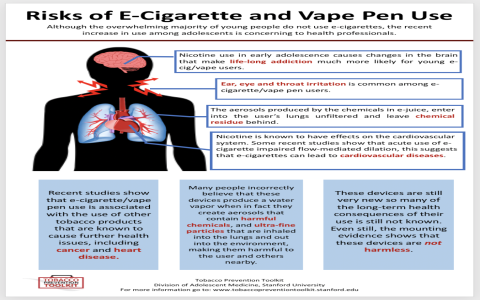Electronic cigarettes aerosolize nicotine without tobacco combustion, but emerging evidence reveals significant pulmonary risks that challenge claims of absolute safety compared to smoking.
Chemical Exposure & Lung Injury Mechanisms
Vaping aerosols contain ultrafine particles, volatile organic compounds (VOCs), and flavoring additives like diacetyl. When heated, these compounds transform into cytotoxic and pro-inflammatory substances that impair lung function:

- EVALI (E-cigarette or Vaping Product Use-Associated Lung Injury): Linked primarily to vitamin E acetate in THC-containing products, causing lipoid pneumonia and acute respiratory distress.
- Popcorn Lung (Bronchiolitis Obliterans): Diacetyl exposure damages small airways irreversibly.
- Oxidative Stress: Metal nanoparticles from heating coils generate free radicals, promoting chronic inflammation.
Comparative Health Risks: Vaping vs. Combustible Cigarettes
- Lower carcinogen exposure than cigarettes, but unknown long-term cancer risks
- Acute lung injury risk higher with vaping (e.g., EVALI outbreak)
- Similar impairment in mucociliary clearance and endothelial function
- Increased asthma exacerbations and wheezing in adolescent users
Critical Vulnerabilities
Youth users face particular risks due to developing lungs absorbing higher concentrations of toxicants. Dual use (vaping + smoking) amplifies harm, with studies showing greater lung function decline than exclusive smokers.
Public Health Position
While established smokers switching exclusively to regulated nicotine vaping may reduce some risks, non-smokers and youth should avoid all products. No inhaled nicotine product is safe; cessation remains the only risk-free option. Long-term pulmonary consequences of chronic vaping remain inadequately studied.









